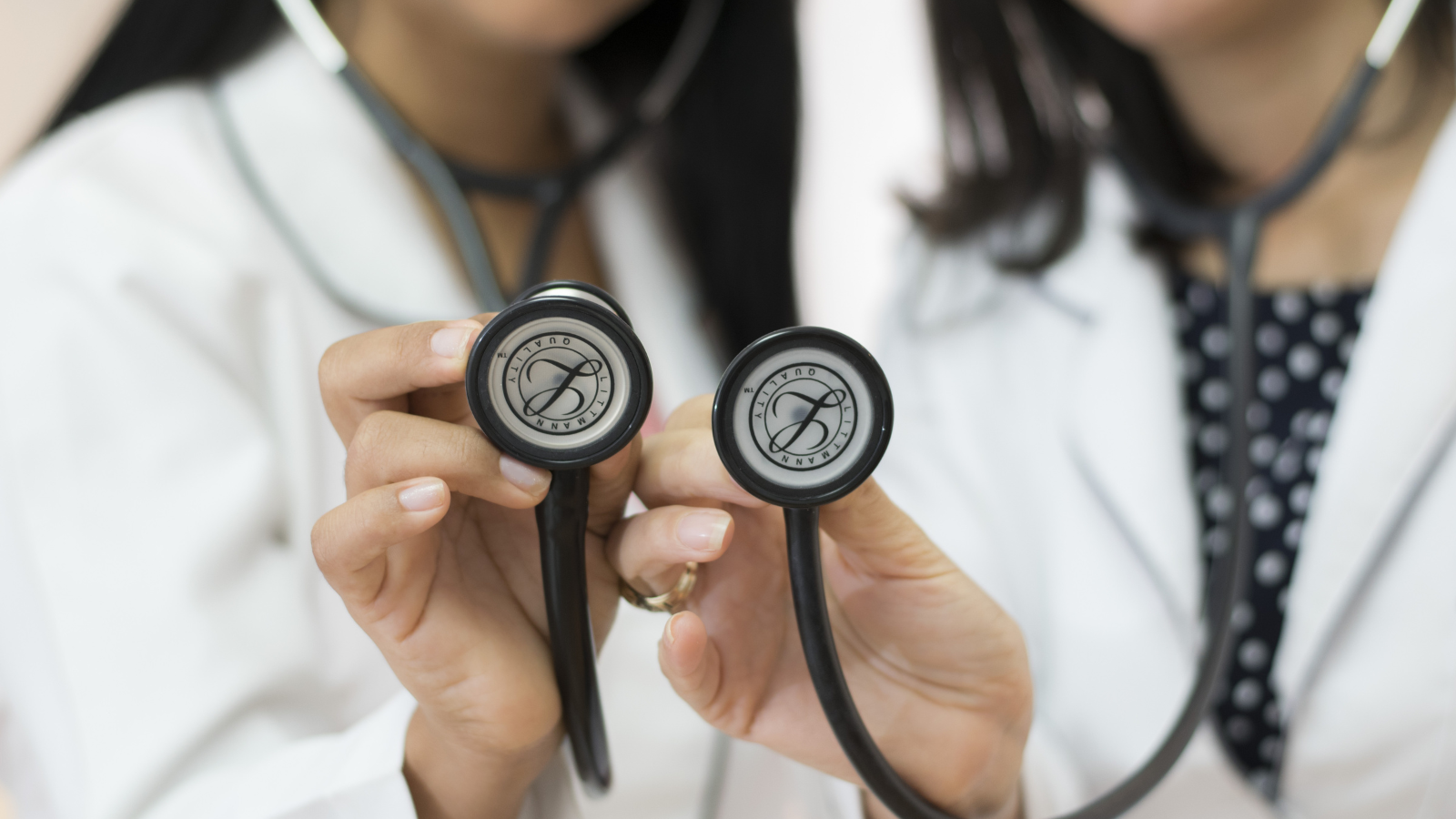Doctors Debunk the THC Cap
More than 23 million Americans age twelve and older are are having medical marijuana as a viable treatment option, a significant decrease in pharmaceuticals such as pain medications, anti-anxiety and anti-depressants and sleep aides have been seen. Many patients have been spared from numerous side effects associated with these pharmaceuticals. With the opioid epidemic plaguing the United States, every possible alternative treatment option should be made available for a patient. In my clinical experience, as a Pain Management Physician and Cannabis advocate and educator, given that I have roughly 2,000 patients on medical cannabis, I have seen first-hand how my patients are significantly improving using the current products in our Medical Marijuana Treatment Centers in Florida.
The Centers for Disease Control (CDC) and Prevention reports that opioids (including prescription opioid pain relievers and heroin) killed more than 47,000 people in 2017.
Interestingly, in 2014 Dr. Marcus Bachhuber et. al. published a paper in the Journal of the American Medical Association (JAMA) where they found that states with medical cannabis laws had significantly lower state-level opioid overdose mortality rates.1
Similarly, Bradford and Bradford evaluated data on all prescriptions filled by Medicare Part D patients from 2010 to 2013 and found that the use of prescription drugs for which cannabis could serve as a clinical alternative fell significantly, once a state medical cannabis law was implemented. They found that implementing an effective medical cannabis law led to a reduction of 1826 daily doses for opioid pain relief filled per physician per year.2
In a study done in 1975 by R. Noyes Jr., et. al, on the analgesic effect of delta-9-tetracannabinol (THC), published in the Journal of Clinical Pharmacology (15:139-143) they found that on the days when patients received the two highest doses of cannabis (pills containing 15 and 20 milligrams of THC) as compared with 0, 5, or 10 milligrams—they reported significant pain relief.3
The reality is that there are numerous studies showing that THC helps control pain. Cannabis with low THC levels will not provide the analgesic effect necessary for patients to reduce or eliminate the opioid consumption, an essential component of any state medical cannabis program.
Despite changes in state policies and the increasing prevalence of cannabis use and its numerous positive implications for population health, the federal government has not legalized cannabis and continues to enforce restrictive policies and regulations on research into the health benefits of cannabis products that are available to consumers in a majority of the United States. As a result of the research blockade present in the U.S., one has to look to international sources for clinical trials and results. Israel has long been the world’s leader in cannabis research. In fact, the discoverer of THC, Dr. Raphael Mechoulam, is an Israeli organic chemist and professor of Medicinal Chemistry at the Hebrew University of Jerusalem in Israel.
In 2011 Dr. Moshe Geitzen et. al. published a study entitled “Cannabis the Third Age – Experimental Therapy at a Nursing Home”. In this study a species of cannabis flower measuring 23%THC, and filtered medical cannabis powder measuring 30% THC was administered to 18 residents of the Kibbutz Na’an in Israel. The results were amazing:
1. 13 of the 18 subjects reduced medications
2. According to the Modified Ashworth Scale a 50% improvement in spasticity was achieved.
3. Chronic Pain, restlessness, insomnia, and low mood improved in all, and
4. Nutritional measurements showed normal albumin and protein levels in all patients.
This study clearly demonstrated that higher levels of THC cannabis flower did not cause any adverse reactions in this elderly, frail population, and in fact was responsible for a vast improvement in the quality of life for the majority of these senior citizens. If these geriatric patients could not just tolerate this level of THC, but actually improve from it, I see absolutely no scientific reason to limit the THC available in medical cannabis to patients and residents of Florida.
We are also aware of a pharmaceutical called Dronabinol that is greater than 98% THC by weight inside the capsule FDA approved for weight loss in AIDS patients and chemo-related nausea and vomiting.
A study entitled, “The Association between Cannabis Product Characteristics and Symptom Relief,” published in Scientific Reports shows how a higher percentage of THC is better for symptom relief. It also proves that flower is more effective for relief than any other method.
We have to remember that association is not causation. The hypothesis exists that early psychotic symptoms lead to cannabis use rather then the other way around. What may look like causation may be related to other variables (genetic predispositions, for ex) that led to cannabis use.
To initiate a THC percentage regulation now will force many to return to the black market. We have just witnessed numerous deaths from lipoid pneumonia from patients using vape cartridges dispensed outside of the medical system. Our products must be third party lab tested with certificates of analysis demonstrating safety, free of contaminants, pesticides, etc. I fear an increase in medical and health complications if patients are forced to leave the medical program. I also worry about patient cost given they may have to use double the amount of medication to equal the same results as their current regimen. The time and cost alone to have the MMTCs breed and genetically engineer plants to contain less than ten percent THC will also be counterproductive.
Dr. Michelle Weiner, is an Interventional Pain Management Physician board certified in Physical Medicine and Rehabilitation. She completed her residency and fellowship training at the University of Miami. Her specialty is focused on prevention, treatment, reversal of health deterioration, increasing function and managing pain. Dr. Weiner focuses on diagnosing and treating spine and musculoskeletal pain as well as chronic migraines.
SPINE AND WELLNESS CENTERS OF AMERICA
Original Article: HighLife Magazine

